 Museum of London Docklands
Museum of London Docklands
Explore the rich history of London's Docklands
Built away from the open river on the Isle of Dogs, the Museum of London Docklands was originally No. 1 Warehouse of the West India Docks- an integral part of the area’s history. Containing multiple galleries, the museum explores how London’s historic docks and warehouses operated at the height of their success.
Built at the time of the transatlantic slave trade to store the sugar from the West Indian plantations, the museum’s building is a focal point of the history in the area. Enslaved men, women and children were exploited for colonial gain in the 18th century. The Sugar Gallery examines how the sugar helped London’s Docklands become one of the busiest ports in the world due to its exploitation of ethnic groups.
The early 19th century brought great change to London's river and port. A huge docks complex was built on the Isle of Dogs, new bridges spanned the Thames and a tunnel was dug beneath it. The City and the River Gallery explores how the River Thames shaped modern London.
As British power and trade spread across the globe, so the Docklands grew. Wooden sailing ships were replaced by iron steamers and the docks became the hub for world trade. The First Port of Empire Gallery explains the relationship between capitalism and imperialism.
Before the outbreak of the Second World War, the sheds and warehouses that lined the River Thames housed every conceivable commodity. The Warehouse of the World examines the type of commodities that arrived at the Docklands and the impression they left on Victorian London.
Late in the afternoon of Saturday 7 September 1940, the Luftwaffe launched a massive daylight raid on London. Perhaps the most stunning space in the museum, the Docklands at War gallery examines how the area was targeted during World War Two.
The final gallery, titled Modern Docklands, tells of the ups and downs of London’s upriver docks, culminating in their closure from the 1960s. Docklands then became the site of Europe’s largest regeneration project and now is the home one of London’s largest financial centres- Canary Wharf. The views from the gallery window provide a stark contrast between the area’s history and its modern incarnations, with luxurious blocks of apartments overlooking the Thames where industry used to be.
The Museum of London Docklands is a must visit for any student of history. The museum is located within walking distance of Canary Wharf tube station.
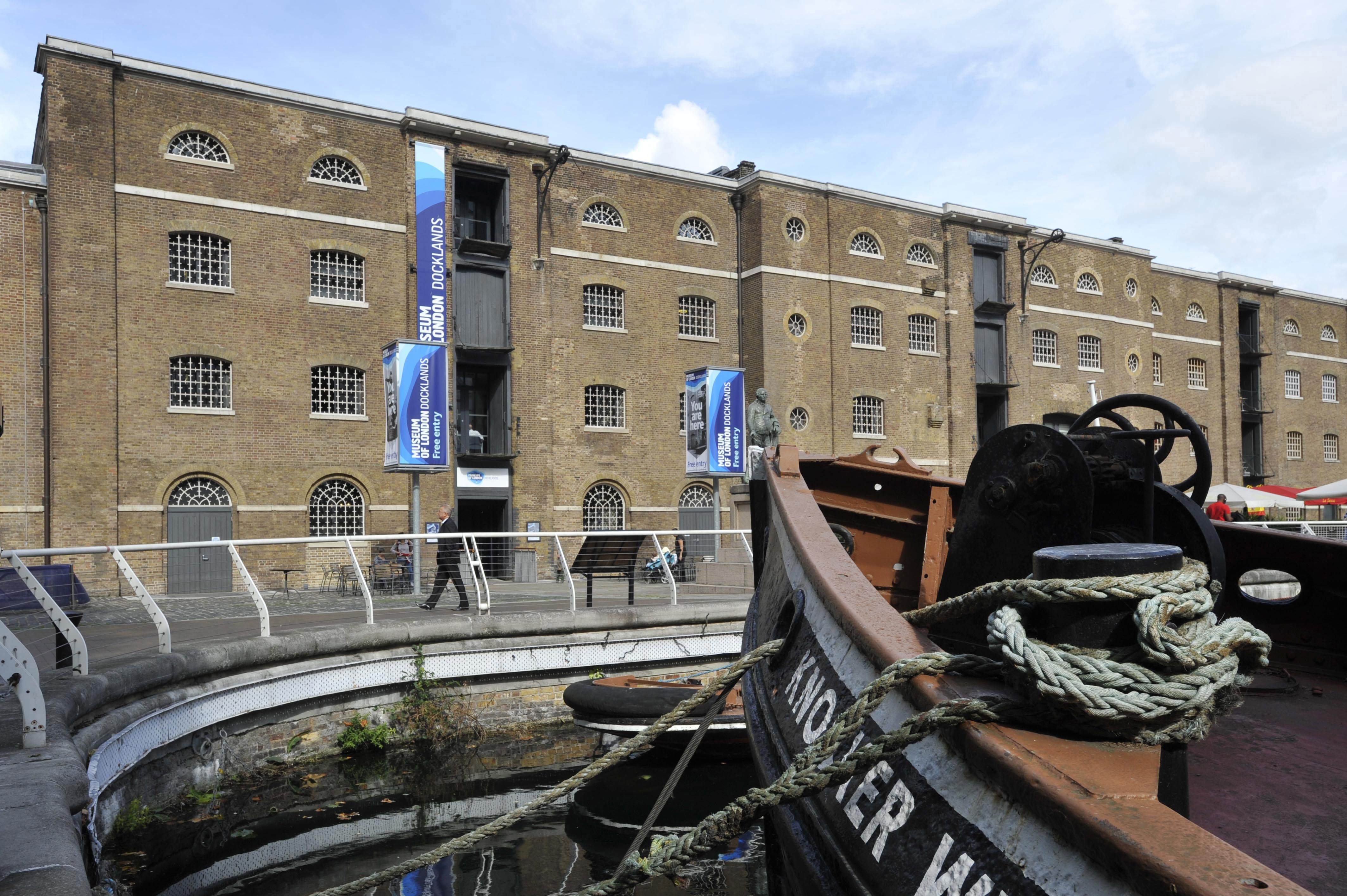
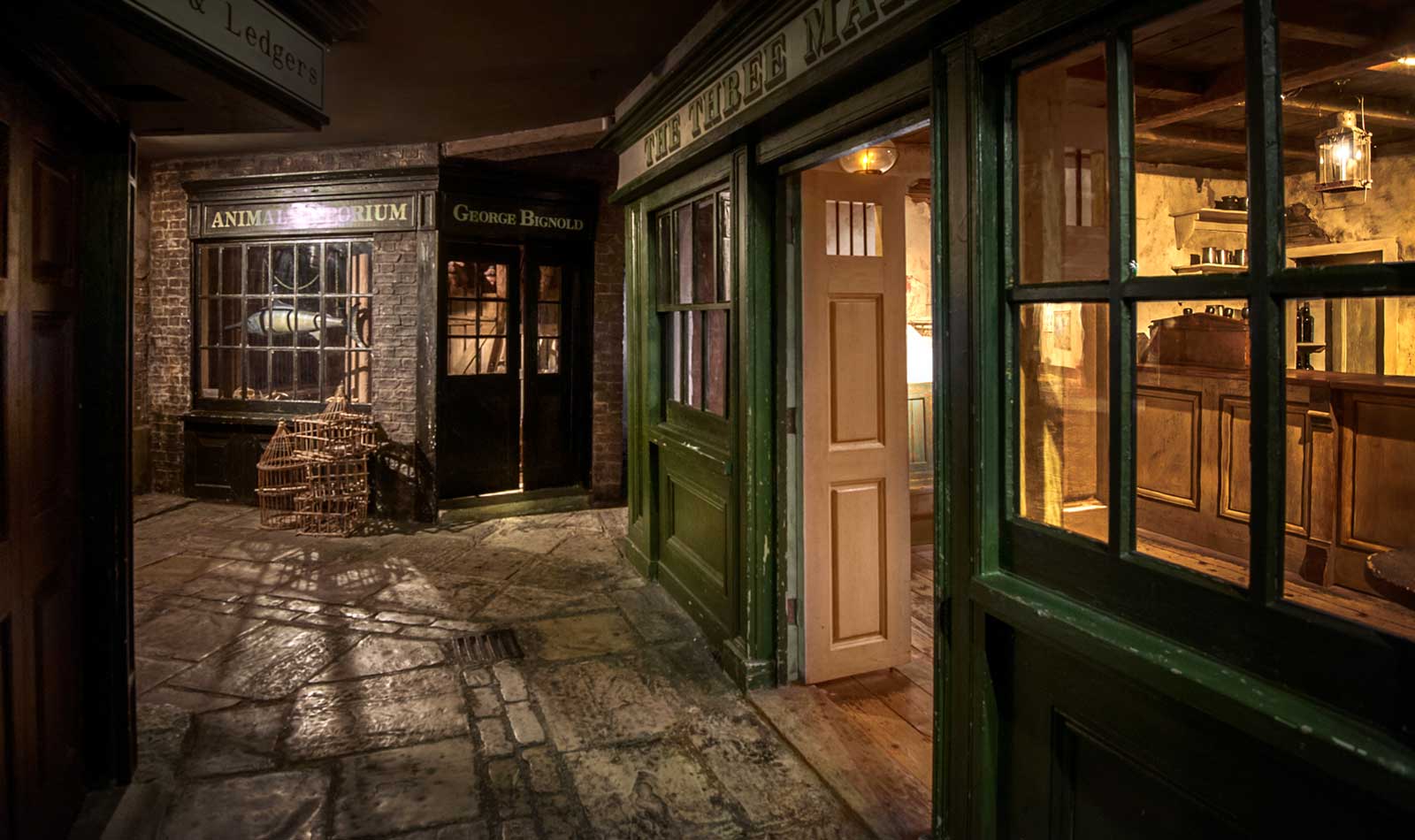
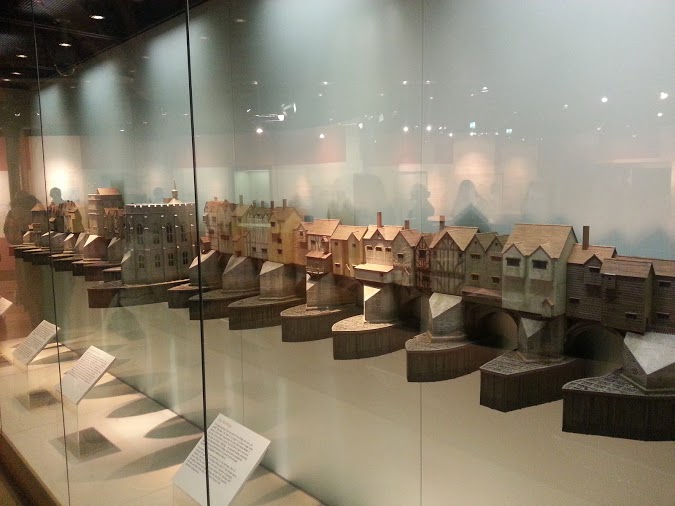

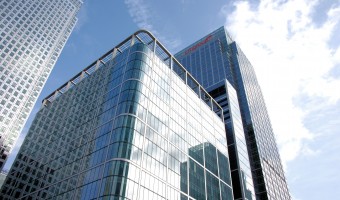
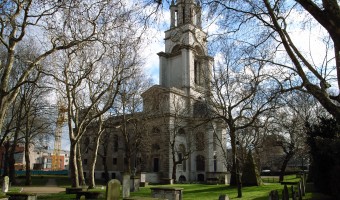

 Load more triptoids
Load more triptoids